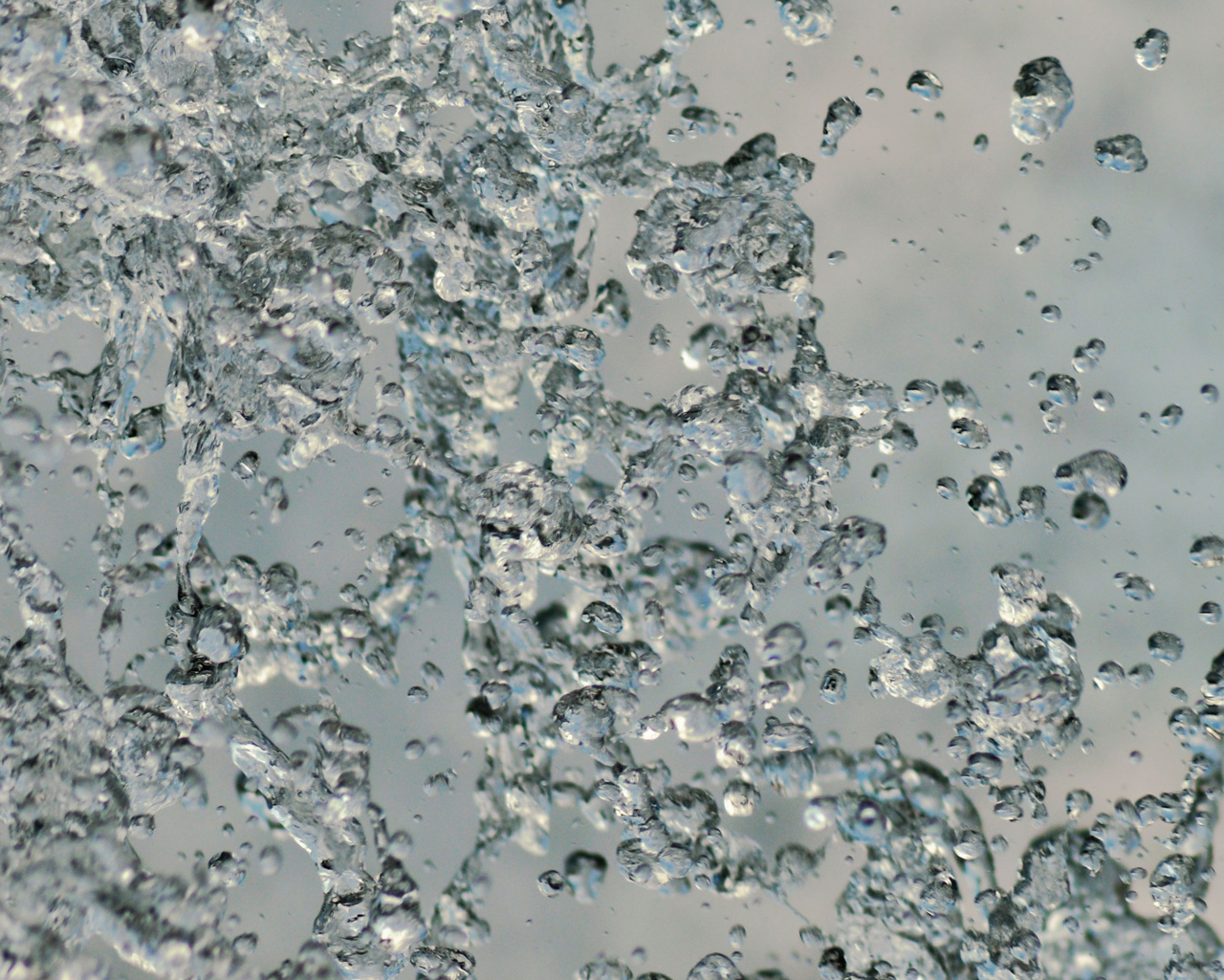

We share with you a few care tips for your threads that would enhance the longevity of your favourite pieces and keep them in shape for time to come. In addition, the explanations for each of the symbols on the care label are explained in detail.
Garments would last longer if they are washed inside out – this is to prevent the colour of the face fabric from fading faster than it should.
The symbol of the bowl means its machine washable. If there is a numerical figure with Degree Celsius in the bowl symbol, it means the garment can be washed up to that indicated temperature. These days, the numbers of dots have replaced the figures. Higher the number of dots means higher temperature water needed.
If there is a line under the bowl, it means there are some functions under the normal washing process that cannot be used.
If you are using the powder, it is imperative that the power is fully dissolved in the water before adding in the soiled garment. If washing solution is used, never pour it directly onto the garment as the concentrate might “eat” into the fabric thus causing the colour to run. Also, please avoid soaking garments as it might cause the colour to run.
“Rub” in this context means scrubbing the garment on itself.
“Ring” in this context means squeezing the water out of the garment.
The best way of washing wool garments is to dry clean. This will allow the garment to keep its shape and form. Also, remind the dry cleaners not to use too much chemicals as some use chemicals that are too harsh for some finer quality fabrics.
For silk garments, dry cleaning is highly recommended but there are new qualities of silk that can be safely machine-washed. Silk items can also be hand washed. Check the label for water temperature before washing.
The circle symbol means that the garment can be dry-cleaned. As mentioned earlier, there are different types of dry cleaning fluids and this section gives a better understanding of what the letters in the circle symbol mean. In addition, there is also “wet clean” which is a professional wash using a mixture of tensides and water.
| Dry Cleaning Instructions: | ||
| This is the dry cleaning symbol and there should be an additional letter inside the circle, indicating the type of dry cleaning method a garment can be put through. In addition, the bar below the symbol will give additional information. | ||
| Articles cleanable in all normally available dry cleaning solvents. | Wool, cotton, rayon, linen, polyester and nylon. | |
| Fabrics which are stable in Perchloroethylene, and hydrocarbons, without restriction. | All the above, where restrictions on agitation are not indicated. | |
| Garments cleanable in the above range but with restrictions on heat, water addition and agitation. | Acrylics, polyesters and silks where weaves, surfaces or fibre mixes make garments or fabrics sensitive to treatment. | |
| Articles cleanable in hydrocarbons (white spirit) and solvent 113 using normal dry cleaning techniques. | Garments where surfaces, additions or materials are sensitive to cleaning solvents or heat. | |
| Fabrics sensitive in normal cleaning solvents but with further restrictions on water addition, agitation and heat. | Any fabric with this symbol is very sensitive to heat and movement. It should be cleaned in a bag and not pre or post treated. | |
| DO NOT DRY CLEAN | Polyolefins. Items with special finishes or additions. | |
| Dry clean, short cycle. | ||
| Dry clean, reduced moisture. | ||
| Dry clean, low heat. | ||
| Dry clean, no heat. | ||
Wet cleaning (green cleansing) is a special method in garment cleaning that comprises of; gentle washing machine, biodegradable soaps and conditioners, and various types of pressing and re-shaping equipment. This is the safest method of cleaning for the environment.
| Professional wet cleaning | ||
| Gentle wet cleaning | ||
| Very gentle wet cleaning | ||
| DO NOT WET CLEAN |
| The ironing symbol means that the garment or fabric can be safely ironed. However the dots in the iron symbol indicate the temperature that should be used. | ||
| Hot iron to 100o max | Cotton, linen viscose and derivatives of viscose. | |
| Warm iron 65o max | Wool, Polyester mixtures. | |
| Cool iron 40o max | Acrylic, nylon, acetates and polyester. | |
| DO NOT IRON | Plasticised materials & some Acrylics. | |
The triangle symbol indicates that the garment can be bleached without the risk of it losing its colours.
| May be chlorine bleached. | Cotton, acrylic, polyester. | |
| Do not bleach | Wool, silk. | |
| Non-Chlorine Bleach | Some wools & silks, anything OK with chlorine bleach. |
The square symbol indicates that the garment can be safely dried using a dryer. Garments must be wrung before placed in the dryer. Garments with a Gore-Tex membrane should be tumble dried for best results. On the other hand, drying using a dryer causes the garment to shrink and lose its shape. Therefore, avoid drying garments you cherish.
| drying instructions: | ||
| May be tumbled at high heat | Cotton and linen. | |
| Tumbling allowed at minimum temperature. | Polyester, nylon, acetates, loose weave garments and those with surface finishes. | |
| DO NOT Tumble | Wool, acrylic and most flocked polyesters. | |
| Drip Dry | Soft polyesters & acrylics | |
| Dry in the shade | Cotton, Linen and any vivid colour garment | |
| Dry Flat | Acrylics, Cashmere Loose knitted kntwear. | |
| Line Dry | Any kind of fabric. | |
